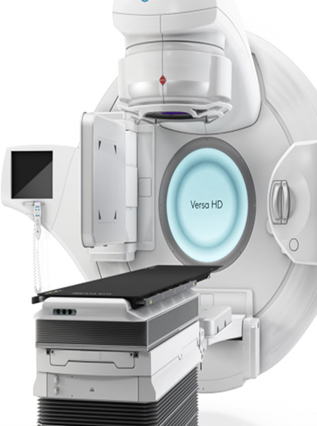WORKFLOW CONSIDERATIONS IMPACTING SI ACCURACY
SI ACCURACY
- Registration Algorithm
- Threshold
- Hardware
- ROI
- Reference Type

SELECTION OF REFERENCE SURFACE
- Reference surface from CT sim represents the “ gold standard ”:
- captured by SI camera
- created from patient’s external contour (i.e., DICOM)
- Many clinics do not have SI cameras in simulator so internal imaging (e.g., MV ports, CBCT) is used to verify patient’s position before camera is used to c apture a reference surface
SELECTION OF ROI
|
Requirements |
Potential Pitfalls |
|
|
SELECTION OF ROI
- ROI that is “just right….”
- ROI selection is an “ art” not an “ algorithm ” (Kang et al 2012)
- Consid er use of multiple ROIs:
- Large à postural correction
- Small à tra cking
Selection of Threshold
- Action threshold to disable beam / alert therapy team
- Similarly to setup margins, thresholds are institution-specific
- Selected from a) litera ture or b) “ observing ” patients with SI:
- Stanley et al (2017) observed >6000 fractions guided by CBCT in 4 sites (pelvis, abdomen, thorax, chest/ breast) and found discre pancies of 5-6mm
- Lietal (2013) observed volunteers’ range of motion in thermoplastic masks and determined < 2mm threshold
- If positioning errors are reduced over time (i.e., improved immobilization), adjust thresholds
Selection of Threshold
|
Larger |
Smaller |
|
|


